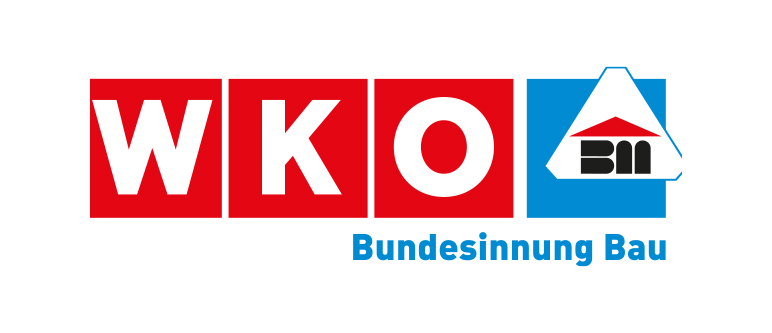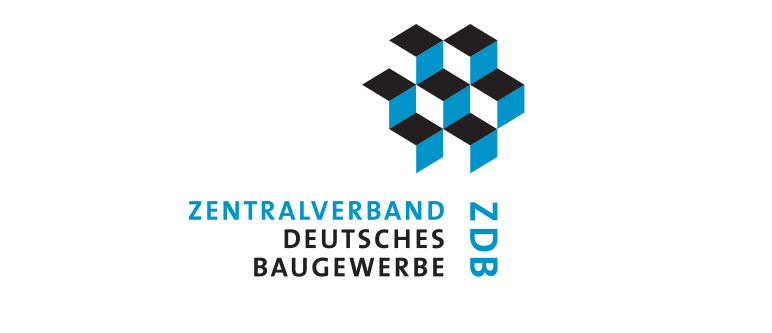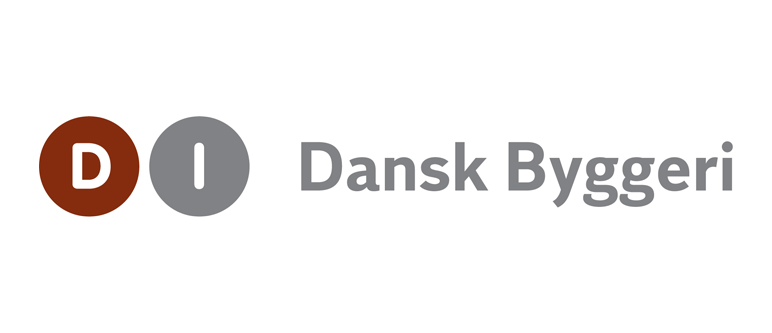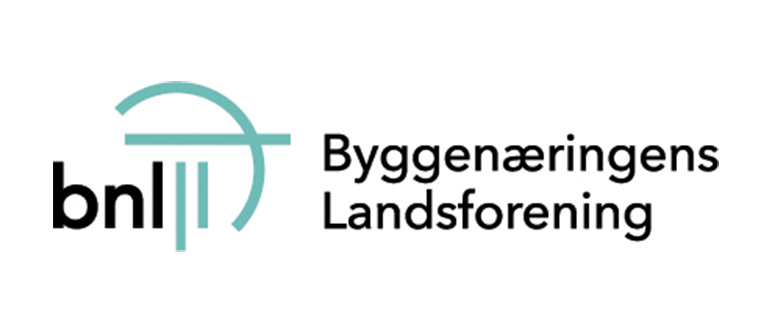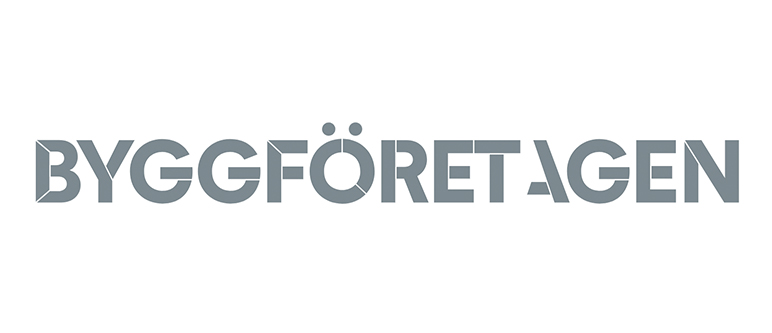Overall construction activity
According to the ICN's initial estimates, construction fell by approximately 3.8% in 2020, much less than the entire economy (down by 6.2%). Having suffered less than the average, we cannot – in theory – expect the sector to bounce back to the same degree. However, construction (all segments combined) can be expected to rise by 5% (compared to 5-6% for the economy as a whole).
Construction is expected to exceed its 2019 activity levels, but only because of the expected increase in works generated by a number of specific projects and the rebound in public investment projected by the Federal Planning Bureau. Without these projects, of which most only concern a few companies, construction clearly remains under pressure, with a level of activity for 2021 that is likely to be around 1% lower than pre-2019 levels.
It should be noted that the Belgian construction industry maintained its production capacity in 2020, despite the significant decline caused by the corona crisis. Accordingly, the employment outlook for 2021 indicates an increase of around 1%.
Housebuilding
Following the 10% downturn in 2019, the expected rebound in new building permits clearly did not materialise. In fact, they continued to decline (down by 3.4% in the first ten months). A rebound is not expected in 2021 – permits could even decline further – given that the demand for new housing units generally reacts with a slight delay.
However, the conditions are not unfavourable: Mortgage rates have never been lower (around 1.3%), households’ disposable income is expected to rise compared to 2019 and even though the unemployment rate rose, it is still one of the lowest in the past 30 years. In addition, recent developments in real estate and construction prices are making housing starts more competitive – and that does not even take into account the fact that (under certain conditions, notably surface area) the VAT rate in Belgium is temporarily at 6% for demolition and reconstruction projects which are intended for main residences.
Including the impact of the lockdown on production and the observed and expected changes in building permits, it is estimated that activities linked to the construction of new housing fell by around 8% in 2020, but should increase by around 3% in 2021. This recovery can be explained by the fact that production should in principle no longer suffer from the impact of a lockdown and that the lockdown delayed the granting of building permits, which postponed part of the execution of construction works to this year.
GDP 2020
BILLION
POPULATION 2020
Total investment in construction in 2020
BILLION
Non-residential construction
Building permits for the construction of new non-residential buildings were also affected by the lockdown and the pandemic with a significant drop in the volume of new non-residential buildings (down by 7% in the first 10 months). This decrease, on top of that seen in recent years, totalled approximately 25% over the period 2018-2020.
A strong recovery is not expected in 2021, but rather a levelling-off, although business investment is expected to make up some of the ground lost in 2020. Part of the decline in 2020 will continue to have repercussions in 2021. Also, in recent years, demand has responded weakly to an increase in business investment.
Civil engineering
The acceleration of specific projects (Terneuzen, Oosterweel, the RER (regional express network), the Liège tram project, etc.) more or less offset the impact of the lockdown and the pandemic on public investment. Therefore, civil engineering got off rather lightly.
The Federal Planning Bureau expects to see a significant rebound in public investment in 2021, reaching a significantly higher level than in 2019. Taking into account the proportion usually allocated to civil engineering, this increase in public investment – combined with the recent intensification of works on a number of specific projects – signifies an increase of around 8.5% in civil engineering in 2021. It should be noted, however, that this outlook depends on the timely completion of these specific projects and an actual increase in public investment.
| Per cent variation of investment in real terms on previous year | |||||||
| investment Mln. € fixed prices | |||||||
| Sectors | 2020a | 2017 | 2018 | 2019 | 2020a | 2021b | |
| 1. | Building | 32,167 | 1.5 | 1.4 | -0.5 | -5.0 | 4.0 |
| 1.1. Housebuilding | 18,657 | 1.6 | 1.8 | 1.1 | -4.5 | 4.4 | |
| 1.1.1. New | 7,529 | 0.0 | 3.0 | -0.9 | -8.3 | 3.7 | |
| 1.1.2. Renovation | 11,128 | 2.7 | 1.0 | 2.4 | -1.9 | 4.8 | |
| 1.2. Non residential (c) | 13,510 | 1.3 | 0.9 | -2.6 | -5.7 | 3.4 | |
| 1.2.1. Private | 8,802 | 1.3 | 0.9 | -2.6 | -5.7 | 3.4 | |
| 1.2.2. Public | 4,708 | 1.3 | 0.9 | -2.6 | -5.7 | 3.4 | |
| 2. | Civil Engineering | 7,281 | 4.1 | 6.4 | 4.6 | 1.3 | 8.5 |
| (1 + 2) | Total Construction | 39,448 | 1.9 | 2.3 | 0.4 | -3.9 | 4.8 |
| a: estimate - b: forecast - c: incl. R&M | |||||||
| Number of building permits in residential construction | |||||||
| 2017 | 2018 | 2019 | 2020a | 2021b | |||
| single dwelling | 18,076 | 20,408 | 19,898 | 18,348 | 17,919 | ||
| collective dwelling | 29,816 | 32,856 | 26,708 | 24,628 | 24,053 | ||
| other types of dwelling | 246 | 392 | 332 | 297 | 287 | ||
| Total | 48,138 | 53,656 | 46,938 | 43,273 | 42,259 | ||
| (Collective dwellings and other types of buildings: in number of flats) | |||||||




